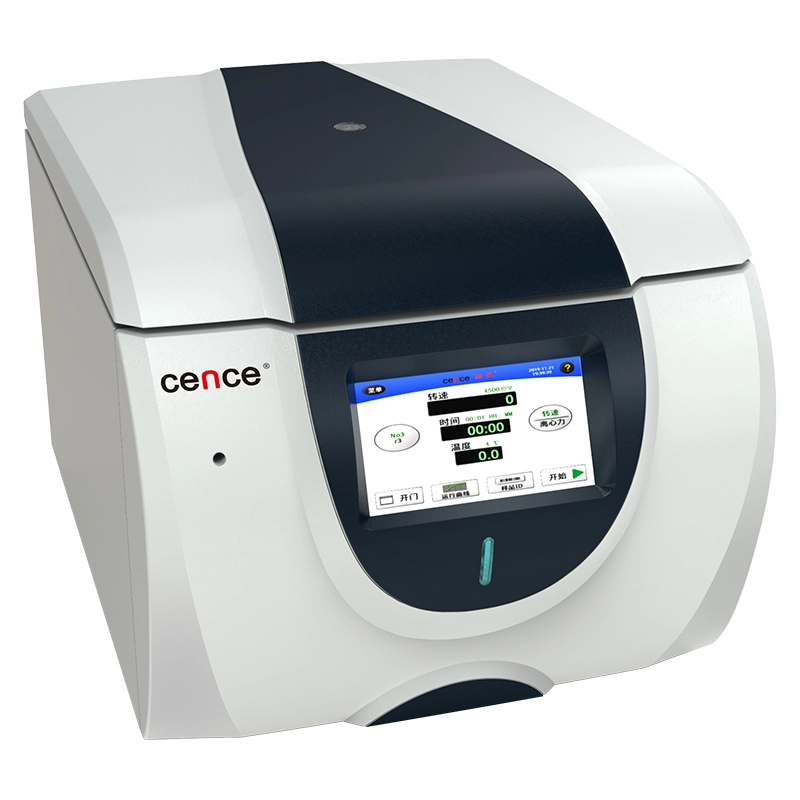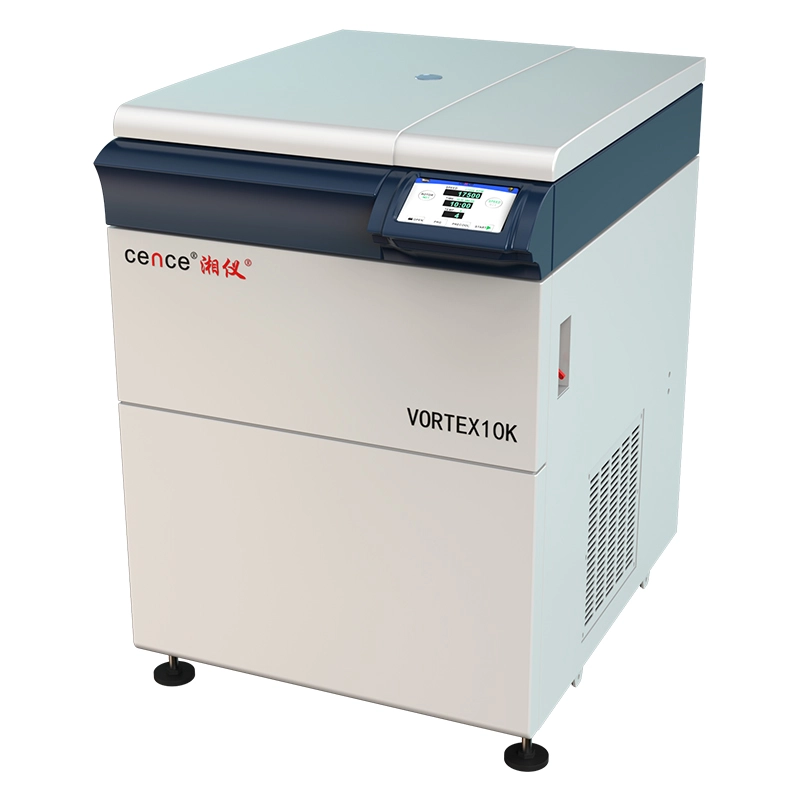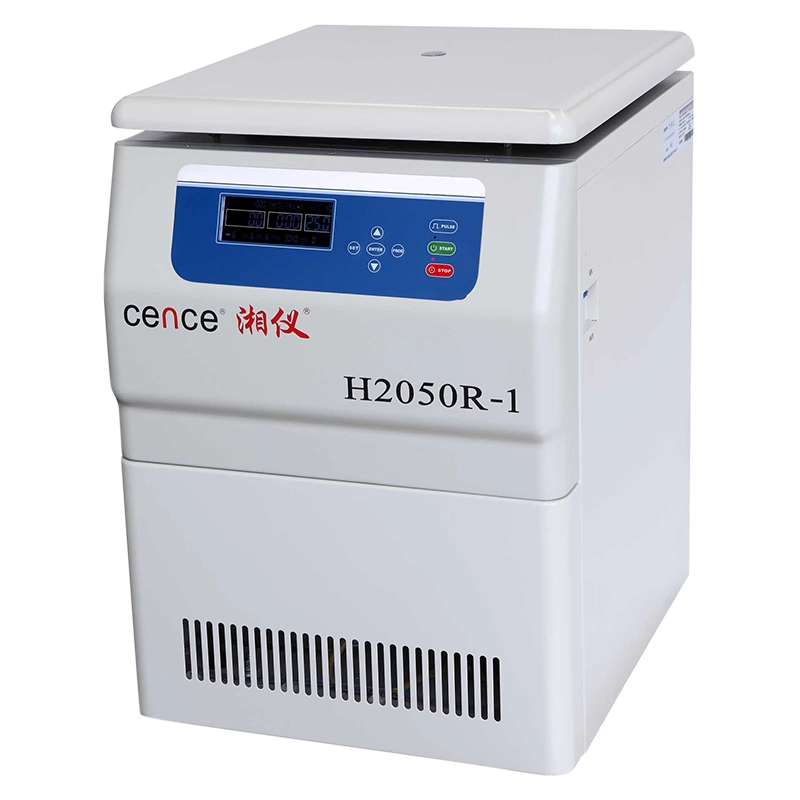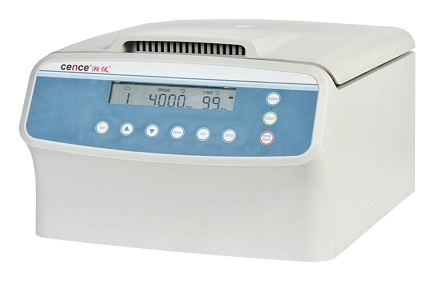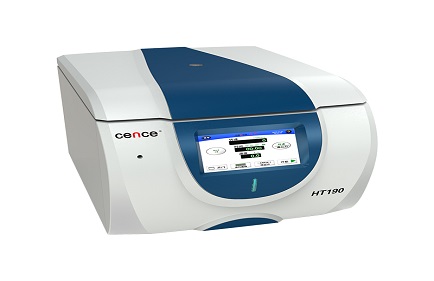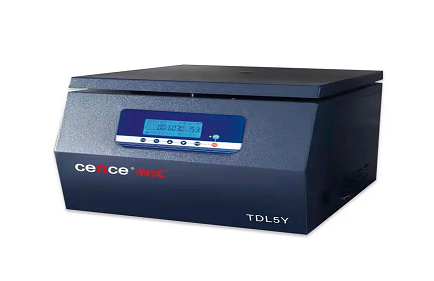Unleashing Efficiency in the Lab
Introduction: The Microcentrifuge Evolution
In the realm of laboratory science, microcentrifuges stand as miniature revolutionaries, transforming the landscape of sample processing. This passage delves into the ways microcentrifuges bring about a paradigm shift in sample processing, unlocking efficiency, precision, and versatility within the confined space of their compact design.
Miniaturized Powerhouses: Redefining Centrifugation Dynamics
Microcentrifuges, though diminutive in size, pack a powerful punch when it comes to sample processing. Traditional centrifugation methods often involve larger, bulkier equipment, but microcentrifuges have redefined the game by offering a scaled-down alternative without compromising on performance. Their high rotational speeds and compact rotors enable researchers to process small sample volumes with unprecedented efficiency, making them indispensable tools in modern laboratory workflows.
Precision at the Micro Scale: Tailoring Sample Concentrations
Sample Customization: The Art of Microcentrifugation Precision
One of the hallmarks of microcentrifuges is their ability to tailor sample concentrations with remarkable precision. Researchers can adjust centrifugation parameters to selectively concentrate specific components, whether it be DNA, RNA, proteins, or cellular organelles. This level of customization not only optimizes the use of precious samples but also allows for a more nuanced analysis of molecular and cellular components, opening new avenues for detailed research and experimentation.
Minimal Sample Wastage: Maximizing Research Resources
Microcentrifuges contribute to efficient sample processing by minimizing wastage. The small sample volumes required for microcentrifugation mean that researchers can extract the maximum amount of valuable material from limited sources. This is particularly crucial in fields where samples are scarce or challenging to obtain, such as clinical research or studies involving rare biological specimens. Microcentrifuges, by virtue of their size and efficiency, ensure that researchers can maximize the utility of every sample, optimizing resource utilization in the lab.
Accelerating Workflows: Speed and Adaptability
Rapid Centrifugation: Accelerating Lab Workflows
Time is of the essence in the laboratory, and microcentrifuges shine in their ability to deliver rapid centrifugation. With quick acceleration and deceleration times, these miniature machines expedite sample processing workflows. Researchers can perform multiple spins in a short span, significantly reducing the overall time required for experiments. The adaptability of microcentrifuges to various sample types and sizes further enhances their role as accelerators of scientific discovery.
Adaptable Rotors: Handling Diverse Sample Types
Microcentrifuges boast a range of rotors designed to handle diverse sample types, from microtubes to PCR strips. This adaptability ensures that researchers can process different sample formats without the need for multiple centrifugation instruments. The ability to switch between rotors quickly and efficiently adds a layer of versatility to microcentrifuges, allowing laboratories to streamline their equipment and maximize bench space.
In conclusion, microcentrifuges have ushered in a new era of efficiency and precision in sample processing within laboratory settings. Their compact size, rapid operation, and adaptability make them indispensable tools for researchers across various scientific disciplines. As technology continues to advance, microcentrifuges are likely to evolve further, pushing the boundaries of what is achievable in terms of miniaturized centrifugation. In the grand symphony of laboratory science, microcentrifuges play a harmonious tune, accelerating the pace of discovery and revolutionizing the way researchers approach sample processing.
 English
English 한국어
한국어 français
français Deutsch
Deutsch Español
Español italiano
italiano русский
русский português
português العربية
العربية tiếng việt
tiếng việt Indonesia
Indonesia
